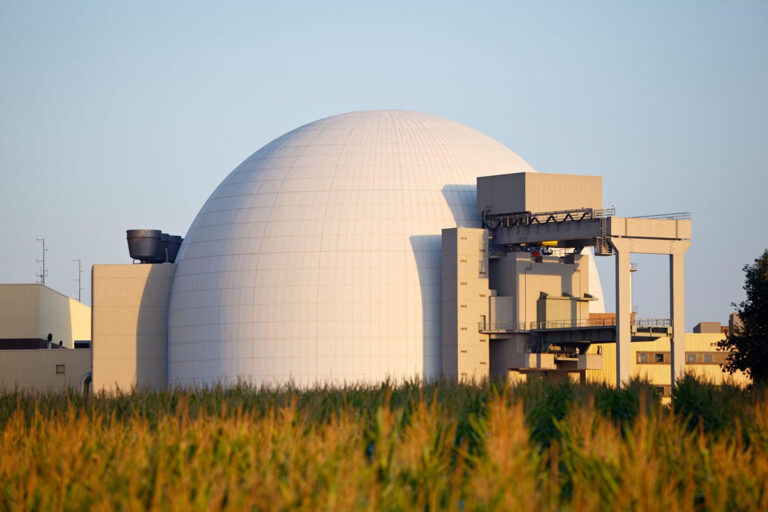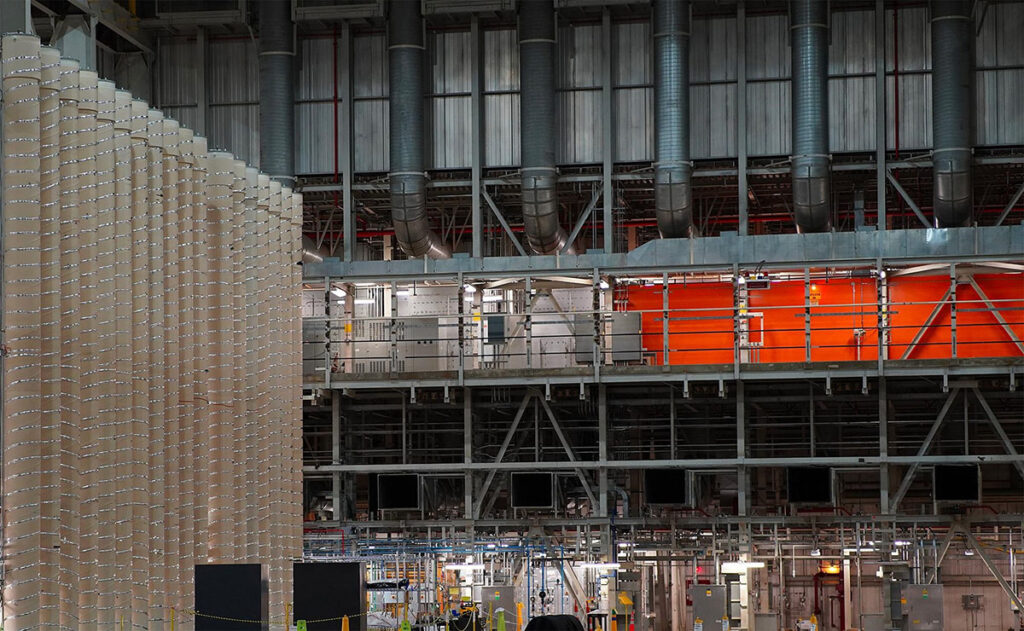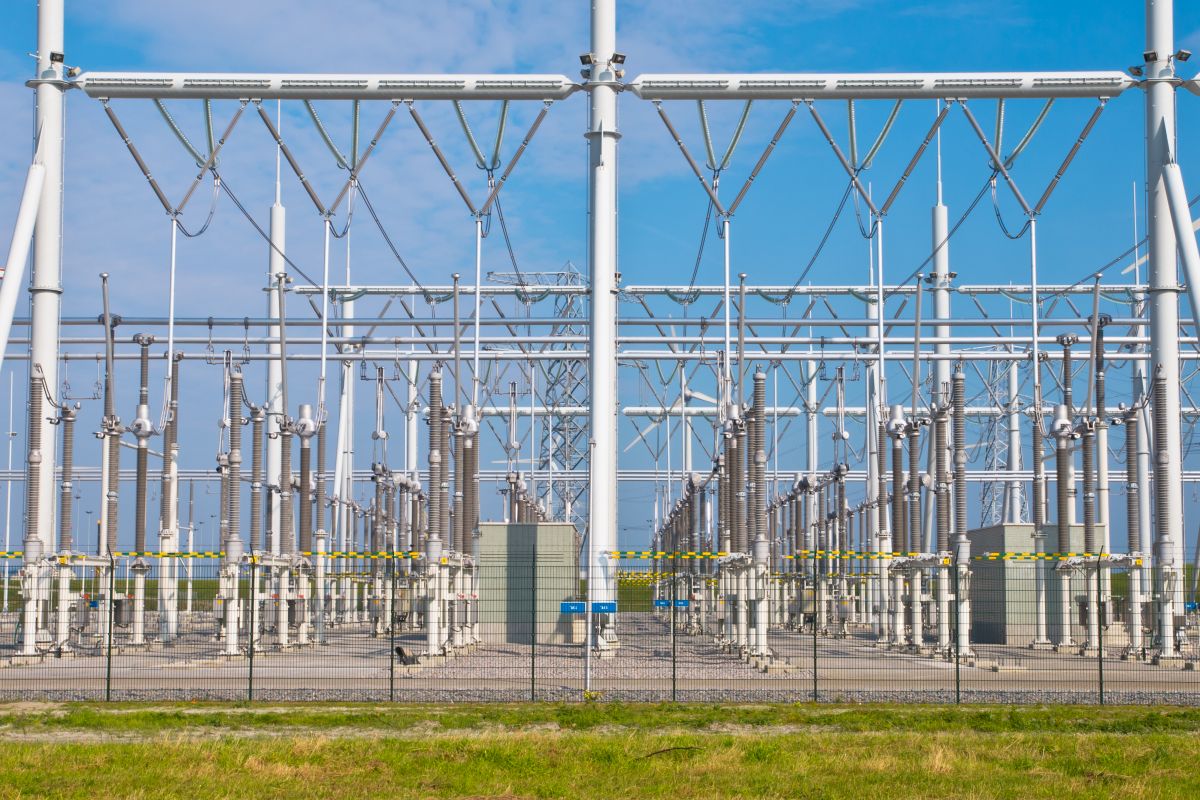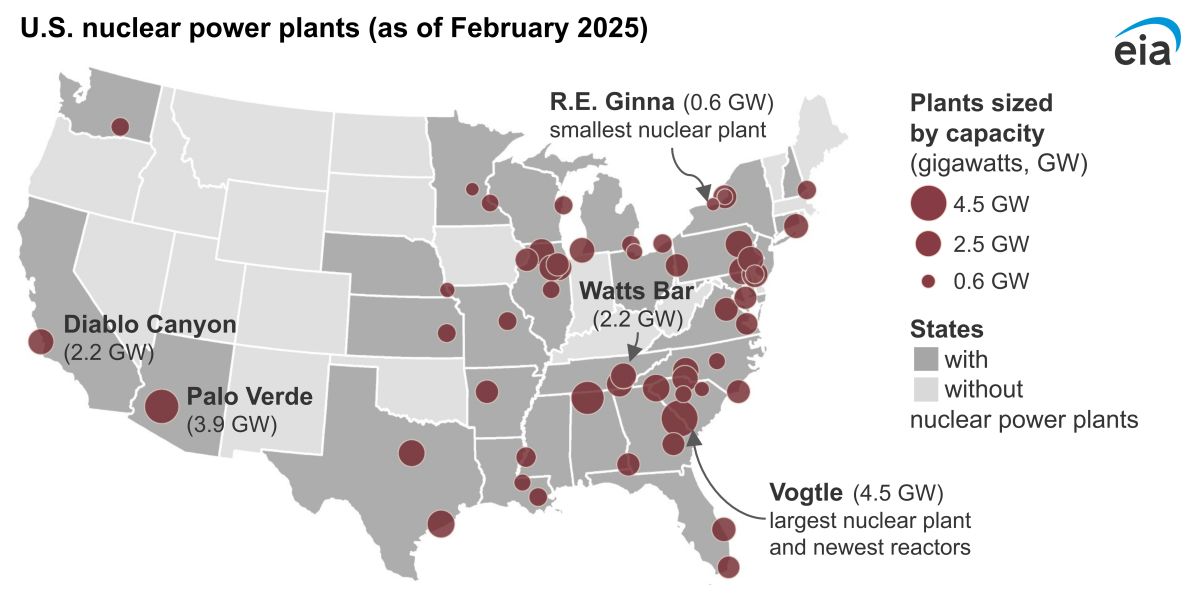The recent initiation of uranium enrichment operations at the American Centrifuge Operating (ACO) in Piketon, Southern Ohio, signals a pivotal advancement in the nuclear energy sector. This development, facilitated by Bethesda, Maryland-based Centrus Energy Corp., one of the prominent uranium enrichment companies, represents a significant stride towards producing fuel for more efficient and advanced nuclear reactors. As a cornerstone of U.S. uranium enrichment efforts, this facility underscores the nation’s commitment to strengthening its domestic nuclear fuel supply chain and reducing reliance on foreign sources.
Historic Milestone at Piketon Uranium Enrichment Plant Marks Progress in Nuclear Energy
The commencement of the Piketon uranium enrichment plant High-Assay, Low-Enriched Uranium (HALEU) production marks a historic moment in progress in nuclear energy. As noted by Centrus’ chief executive and president, Daniel Poneman, this is the first new US technology uranium enrichment plant to begin production since 1954. The plant, approximately 100 miles southeast of Dayton, was previously a site for uranium enrichment until 2001 at the Portsmouth Gaseous Diffusion Plant. The current project aims to meet the demand for fuel in smaller, more efficient nuclear reactors with longer operating cycles, as well as for existing reactors, contributing to the Nuclear Energy Institute‘s goals.
The Role of HALEU
HALEU is pivotal in the operation of advanced nuclear reactors. This form of uranium contains a higher concentration of the isotope U-235 compared to the fuel used in current nuclear reactors, which is a significant aspect of nuclear potential energy. The existing reactors utilize uranium enriched up to 5% with uranium-235, a process involved in nuclear power plant energy transformation. In contrast, HALEU is enriched between 5% and 20%, essential for most US advanced reactors to achieve smaller designs that generate more power per unit of volume, representing a low-energy nuclear reactor. This enrichment level allows for longer life cores, increased efficiencies, and better fuel utilization, aligning with the principles of low-energy nuclear reactions.

Project Outlook and Implications for the Piketon Uranium Enrichment Plant
The Piketon facility’s operations, overseen by American Centrifuge Operating (ACO), a subsidiary of Centrus, are on track to produce commercial quantities of HALEU. The US Department of Energy’s (DOE) support underlines the national importance of this project. The DOE projects the need for over 40 metric tons of HALEU by the end of the decade to deploy a new fleet of advanced reactors, a requirement aligned with the US’s target to reach a net-zero emissions economy by 2050. The Piketon plant is the only facility in the US licensed to enrich uranium up to HALEU levels of 19.75 percent.
The Bigger Picture: Advancing Nuclear Independence at the Piketon Nuclear Plant
This development is not only about producing HALEU but also about regaining nuclear independence for the US. As stated by Poneman, this project could lead to the production of the HALEU needed for the next generation of advanced reactors, low-enriched uranium for existing reactors, and enriched uranium for national defense. The DOE and its national labs are also exploring methods to provide HALEU through recycling used nuclear fuel from government-owned research reactors, a testament to the innovative approaches being pursued to ensure a sustainable nuclear fuel cycle.
Conclusion
The uranium enrichment project in Southern Ohio is a defining moment in the nuclear energy sector, offering prospects for a more efficient, sustainable, and independent nuclear future. This initiative is not just a step towards advancing nuclear technology but also a significant move towards meeting national and global energy and environmental goals. As we observe the progress at Piketon, it becomes clear that this project is more than just about fuel production; it’s a symbol of innovation, commitment, and foresight in the realm of nuclear energy.
Disclaimer: Any opinions expressed in this blog do not necessarily reflect the opinions of Certrec. This content is meant for informational purposes only.












